
Highest mountain in Iran – trekking to Damavand
I stare up intently. How many more steps do you need? Five? Ten? I can do it! Block everything out. Also mountain guide Mohammad, who waves excitedly at me from the nearby summit. And then it finally comes – that one step that brings me to Damavand after a seven-hour climb. I am at 5,671 meters above sea level. Take a deep breath in and out for a moment and be overwhelmed by an outburst of emotion.
“What’s it like up there?” my friend, parents and colleagues ask me later. And I don’t really know how to answer this question. It’s a bit like walking across an alien scree landscape in a space suit. Unreal, imposing and every step a masterpiece. But maybe that’s also because I never expected to be “up there” and joked on the first day of trekking that it was enough for me to crack the 5,000m mark after my first four-thousand-metre peak. And in this respect, I take the summit ascent as an unexpected addition to five intensive days of trekking on the flanks of the highest Iranian.
Day 1: from Tehran to Nandal
Four days before we start the trekking adventure in Tehran. We swap the elegant “city clothes” for hiking trousers and long-sleeved shirts. Pack your sleeping bag, jacket, windbreaker, cap and gloves in our trekking bags. Lace up our hiking boots and make our way towards the mountain village of Nandal. The volcano Mount Damavand, located 70 kilometers northeast of Tehran, is a popular, relatively easy five-thousand-metre peak and the well-known southern route is correspondingly well frequented. But we intend to approach the mountain from the less frequented northern route and coming from Tehran, we first drive in a semicircle around the mighty, free-standing volcano. Enough time to study the Damavand in depth. The south side is the chocolate side, as we will find out later. Shortly before we leave the main road and drive up to Nandal in numerous serpentines, there is a refreshment stop. Along the main street there are numerous restaurants serving delicious Persian dishes.
After a good five hours of driving, we reach Nandal, where we spend the night in a simple guesthouse with the sleeping bag on the carpeted floor. A good way to get in the mood for the next three nights in tents, which admittedly worry me as a bad tent sleeper. As soon as we arrived, we shoulder our backpack for the day and set off. Around the mountain village there are some “hills” where you quickly crack the three-thousand-metre mark and we follow mountain guide Mohammad cross-country over hill and dale. While there was a scorching heat in Tehran, clouds of fog are gathering here. It’s pleasantly cool and the thought of packing your down jacket doesn’t seem quite as ridiculous as it did just a few hours ago. I sniff out the aromatic scent of thyme, discover flowering clusters here and there and am amazed at how green it is. Mohammad takes us step by step uphill until we suddenly stand above the fog cover opposite the Damawand. “It’s not that high!”
2. Trekkingtag: Akklimatisierungsmarsch
I am aware that the point will come when I will curse the mountain. Where I can’t understand why the summit just doesn’t want to get closer. Where will is required and it seems like pure torture to me. But now we are all still in our comfort zones. We packed up our mom and sleeping bag again. A melon, banana and flatbread with Iranian honey are eaten for breakfast and are ready to hike. Our three mountain guides and cook Ali chauffeur us up to 2,900 m above sea level. Here the luggage is transferred to horses and mules and we stow the headscarf in the backpack. There are no moral guardians in the mountains. Only long-sleeved trousers and tops remain mandatory (but no longer have to reach mid-thighs), which seems to make sense in view of the blazing sunlight.
Now it is solely up to us to overcome the next 2,700 meters of altitude to the summit. The first day of trekking takes us to the first camp at 3,500 m above sea level in a scenically varied three-hour hiking time. While some set up the tents, others (including me) “voluntarily” hike an hour and a good 350 meters further uphill to get their bodies used to the altitude. “Drink plenty of fluids” is the most important motto to avoid altitude sickness. No headaches, no blisters. I feel very comfortable.
3rd trekking day: Breathe in the mountain air
The only thing that doesn’t work out is sleeping. It’s comfortably warm in the sleeping bag, but I have too many thoughts racing through my head to get some rest. The next morning we look out over a sea of fog and pack up our bags and baggage again. The next camp is just under 500 meters above sea level and two hours of hiking time. A short walk, which we extend again with an ascent to the refuge at almost 4,300 m above sea level. Our second camp is located on a grassy high plateau next to a gurgling glacial stream. “What a wonderful place,” we all agree. And unlike the southern route, where mountaineers can be found every day, we haven’t met anyone here on the northern route.
Chef Ali (called Hādj by everyone because he was in Mecca – as a cook, not for pilgrimage purposes) – always concerned about our well-being – prepares spaghetti bolognese in the kitchen tent. He uses fresh ingredients from A to Z and lovingly simmers the sauce for several hours. Anyway, the food is absolutely great. The chef, who has actually been retired for a long time, accompanies the mountain guides on the treks out of pure passion and knows the Damavand inside out. With wise foresight of the exertions of the next day, he serves us carbohydrates that evening. After all, the energy storage unit should be filled. I wash my hair with cold glacier water, admire the colorful sunset and feel fit. But even tonight I’m tossing and turning. This time there is still the fear that I will miss the alarm clock at 4:00 in the morning and sleep through the summit day.
4th trekking day: Damavand within reach
The fear is unfounded. Already at 3:50 a.m. I am wide awake again after a few hours and check in the light of the headlamp whether I have forgotten anything important when packing the day before. After a silent breakfast, we start the Damavand ascent shortly before five o’clock in the morning. 1,600 metres in altitude separate us from the summit. One step at a time. «javosh javosh», as the locals say. Looking at the back of the car in front. And the thoughts sometimes somewhere very far away and then again in the here and now. “Six hours to go,” I think during the first drinking break at the height of the refuge, where we had already stood the day before. Another hour later, the first warm rays of sunshine break through the cloud cover and envelop the barren landscape and rugged rock flanks in a golden shimmer. A wonderfully motivating moment. Then comes the tricky part of the ascent. While the southern route zigzags, here in the north we scramble over a rocky ridge. Nothing dramatic and easily doable for experienced hikers, but still exhausting. My head feels good, my legs work perfectly, but my stomach gives me a hard time from one minute to the next from 4,800 m above sea level. “That’s normal,” says mountain guide Milad comfortingly as I vomit for the first time. “Now you’ll feel better.” That’s actually true. The rumbling is gone and we overcome the next 300 meters of altitude. But then – a second time. In the middle of the glittering white ice field. “Do I have to turn back?” The 5,000 mark would have been cracked. “You can see the summit at an altitude of 100 metres,” Mohammad motivates me, and Milad takes the backpack from me. I wrestle with myself. “Without a backpack, I only made half of it.” Milad doesn’t give me a choice. I cover the next 100 meters of altitude and indeed, the summit seems to be within reach. Turn back now? No. No way. Nevertheless, another hour passes. The last section is incredibly steep and consists of scree fields. Three steps forward, one backward, and then a pause. Breath. Pause. Take a run-up. And again three steps forward… and then that last step, the tears, the incredible relief and pride of having left the comfort zone. The view is only of secondary importance and on this day very modest anyway due to hazy visibility. The Caspian Sea is hidden behind a blanket of clouds. 45 minutes later we start the descent. With nothing in your stomach and wobbly legs, definitely not a walk in the park. But the more altitude we lose, the better I feel and below 4,500 m above sea level, my body allows me to eat again.
Shortly before 5:00 p.m. we are back at the camp. Behind us are 12 hours of hiking, pure summit euphoria and an experience that I will never forget. “Why do you do that?” I ask the group in the evening. The answer is unanimous. “To explore one’s own limits”.
5th trekking day: downhill
That night I sleep soundly and wake up the next day with chapped lips and a puffy face. The drinking mantra somehow went down the day before combined with the stomach problems, which is immediately punished with incredibly dry skin. I take one last look at this wonderful campground before we hike back to Nandal. Somehow, my body has already processed the exertions of the day before, and as we trudge downhill, I make the next adventure plans. After all, the 6,000-metre mark was within reach on the Damawall.
[alert color=”C20061″]
Globotrek invited me to this trip. The Swiss trekking and adventure travel specialist is now offering multi-day treks to Iran in combination with cultural highlights.
On site we were wonderfully looked after by the mountain guides Mohammad, Ehsan and Milad and cook Ali from Iran Mountain Zone. [/alert]



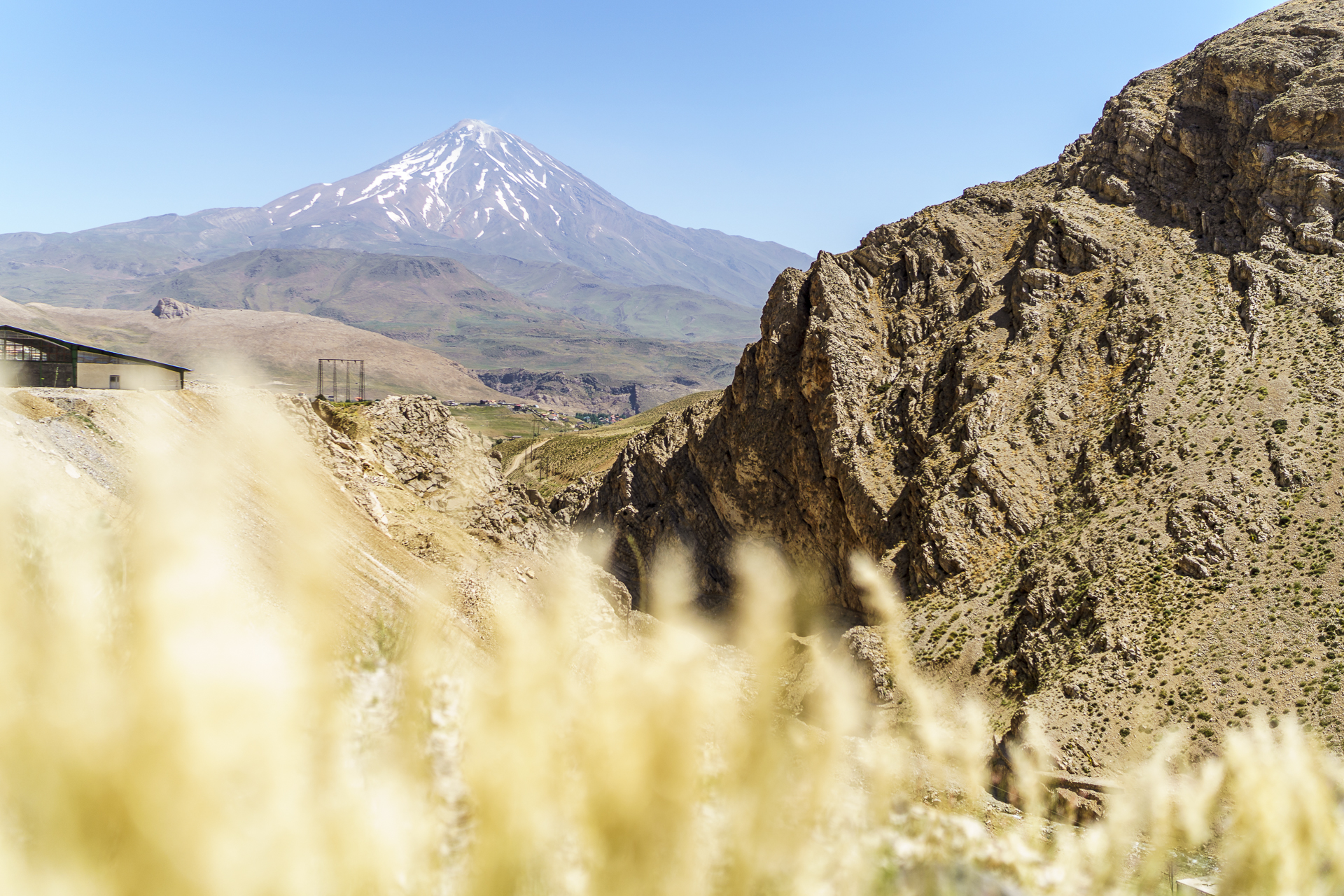



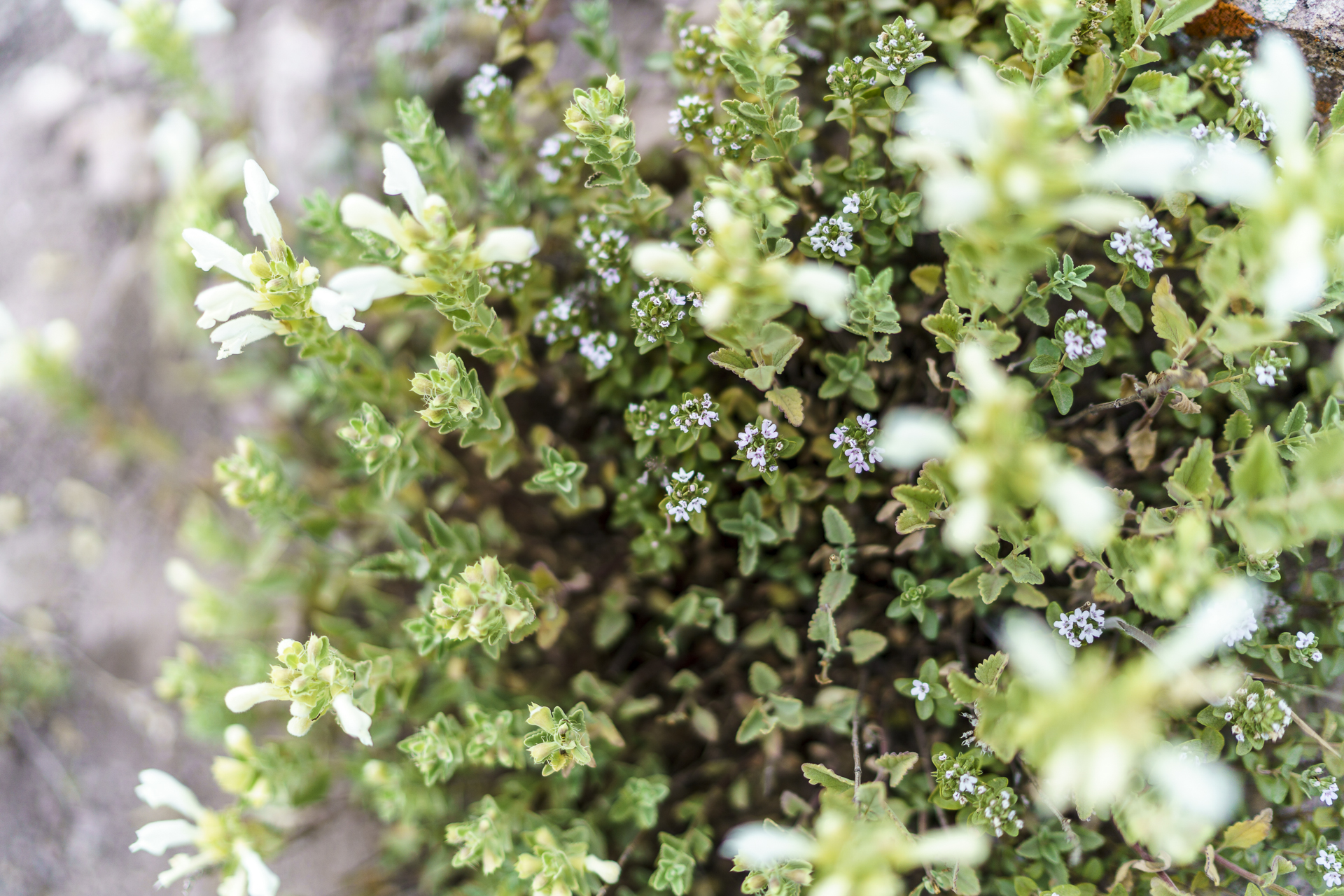




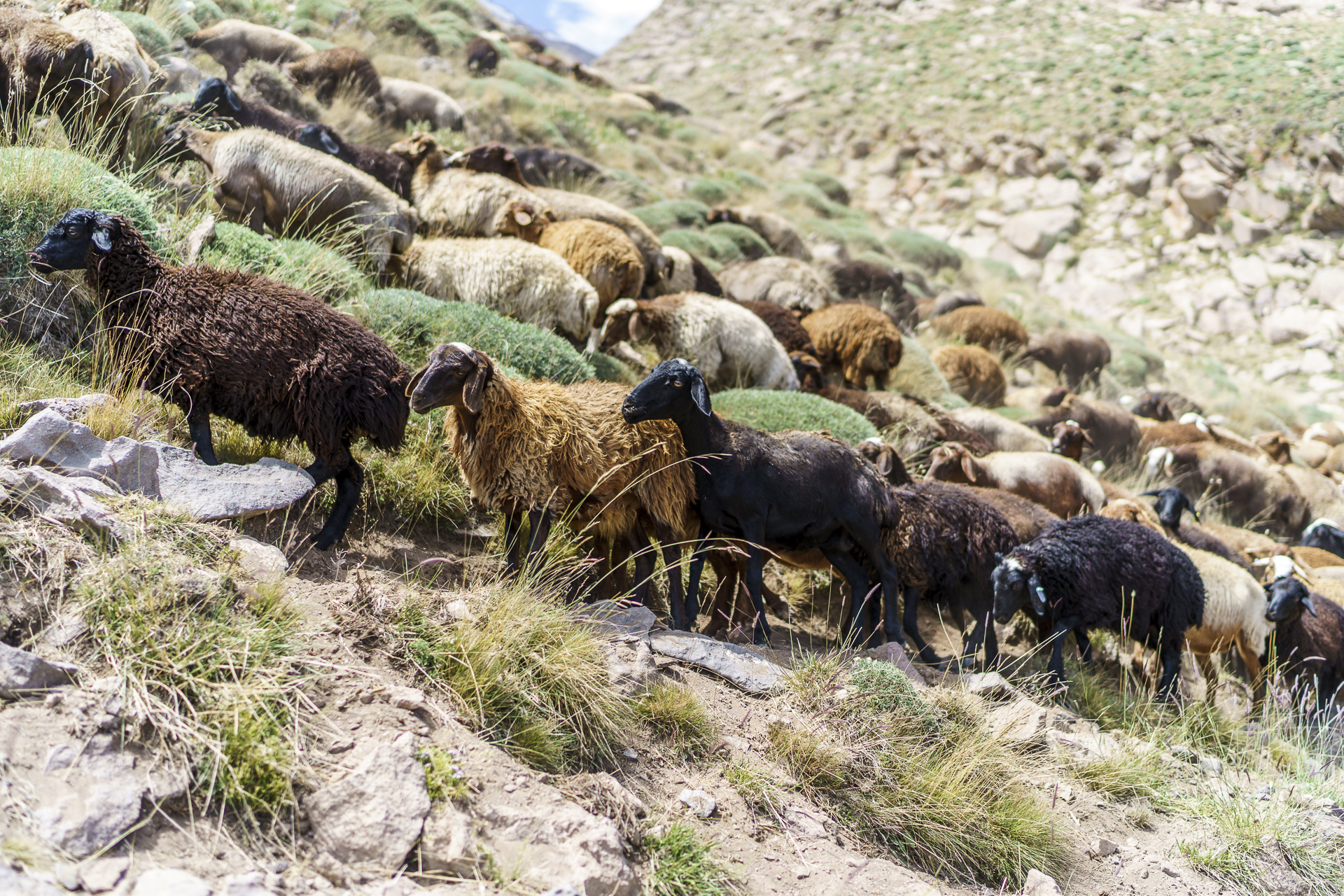

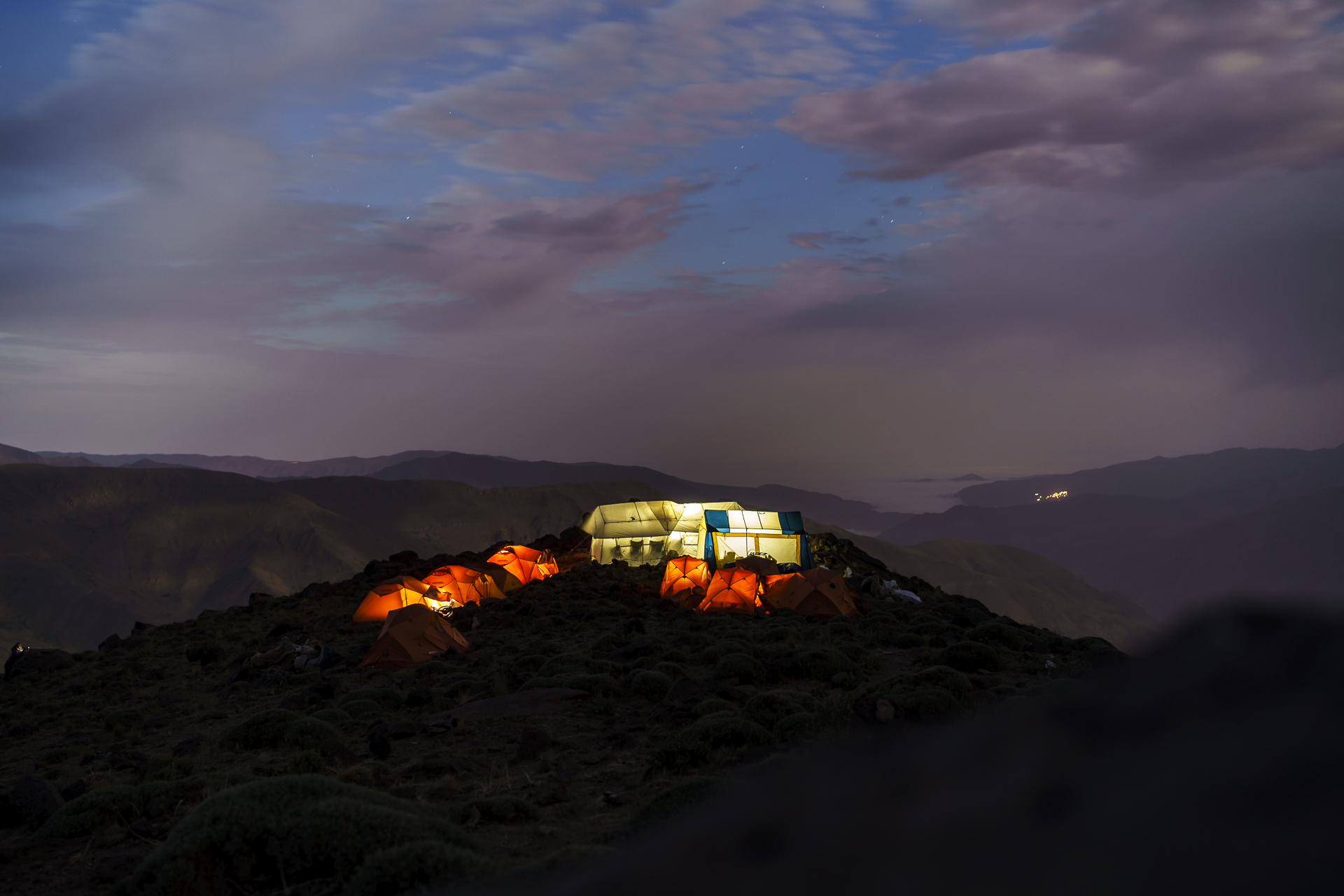






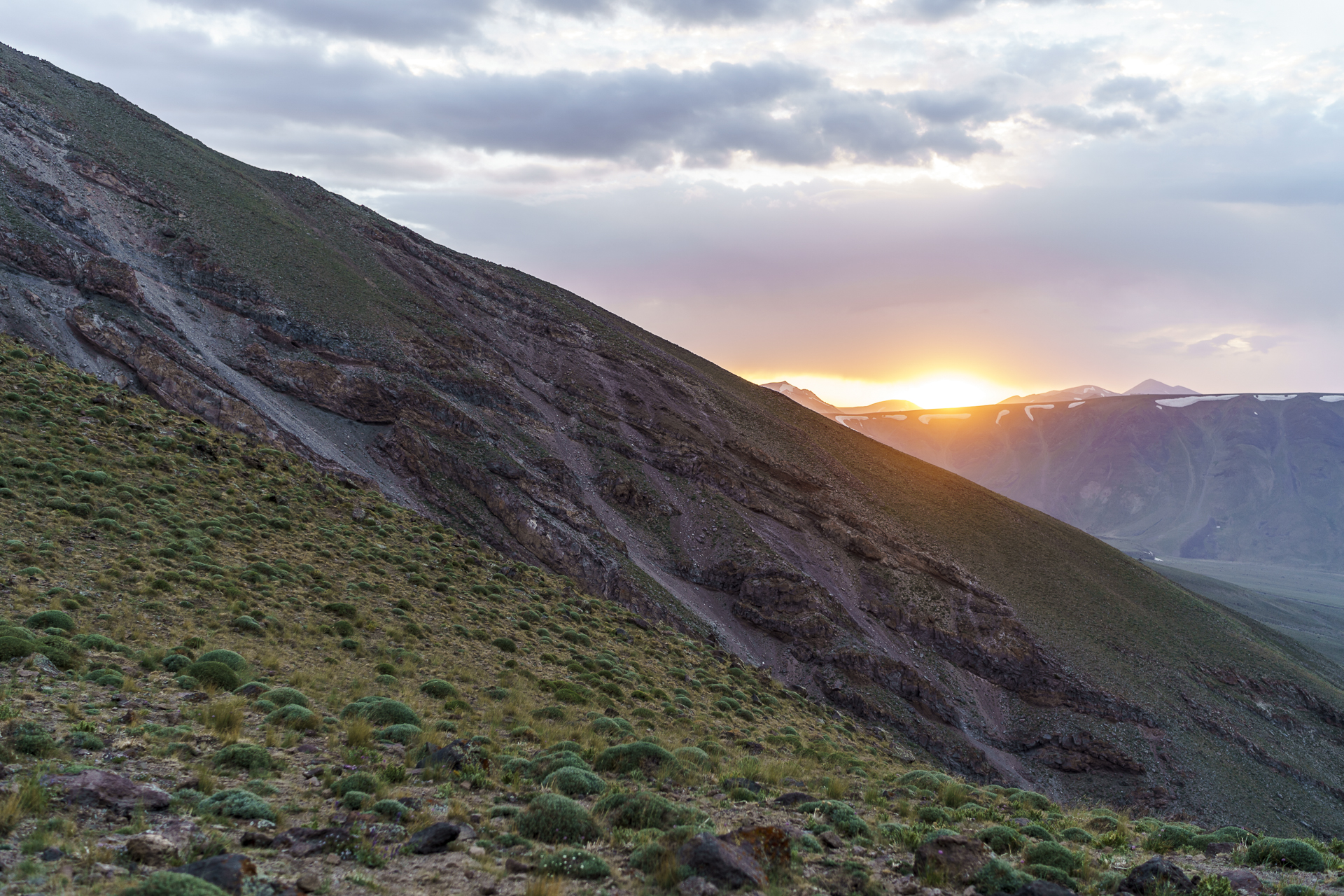



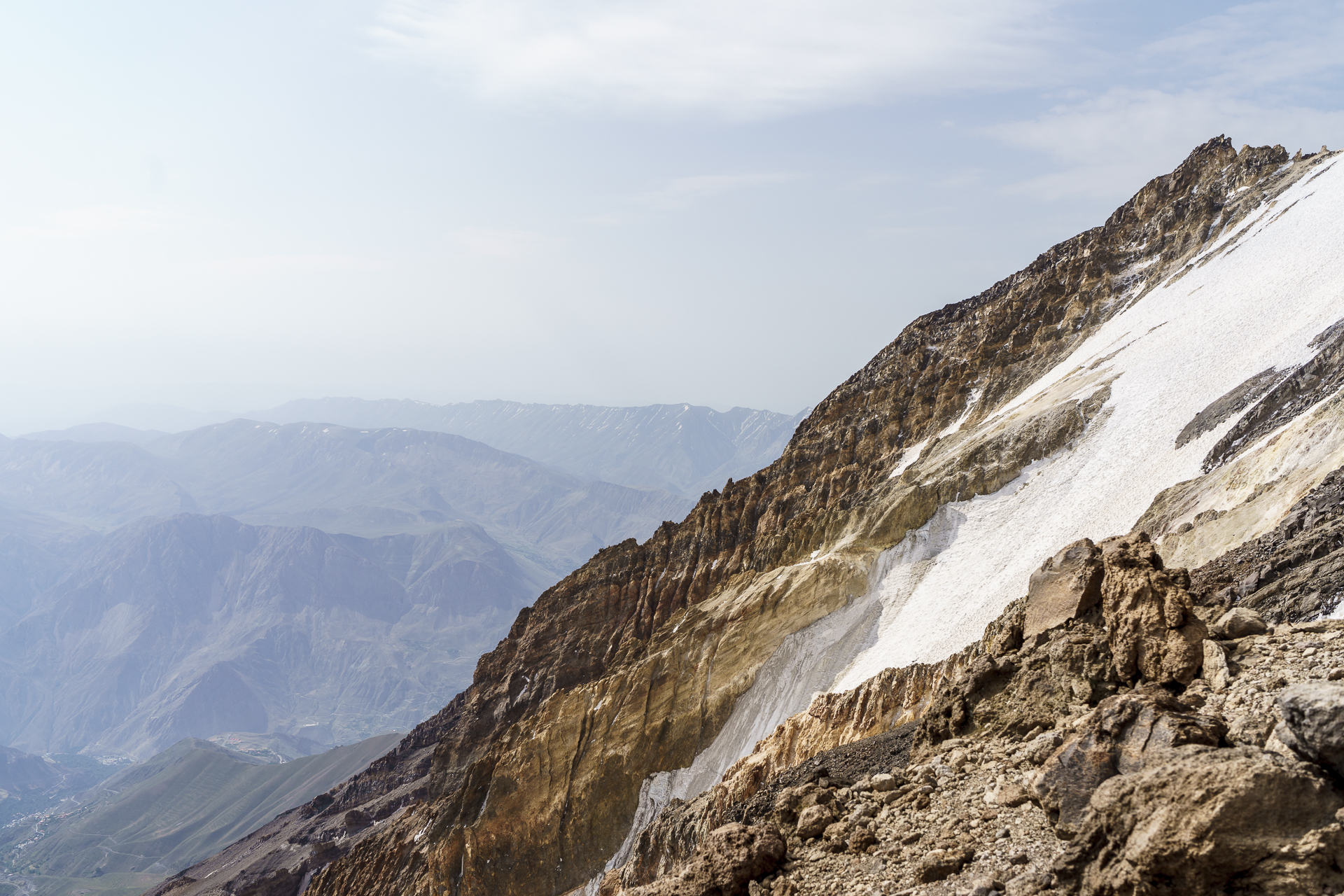

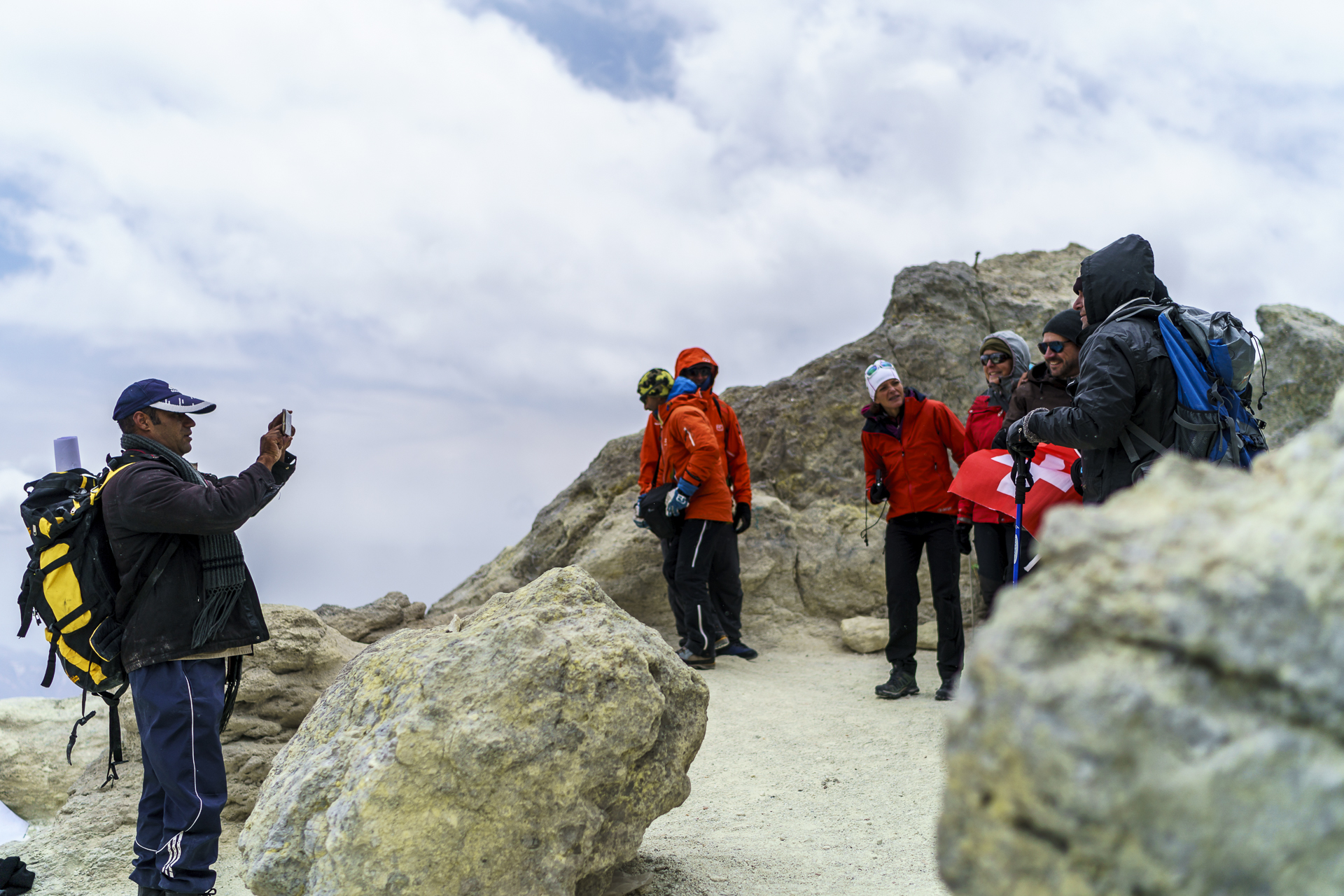





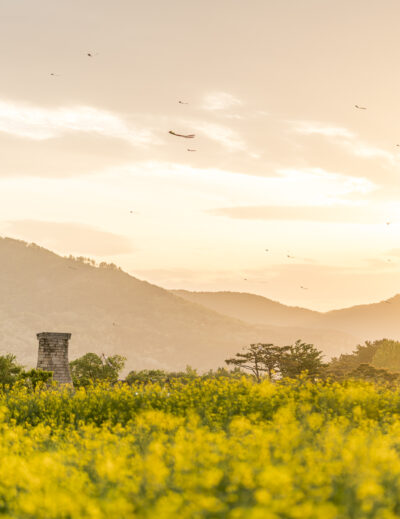


Leave a Reply